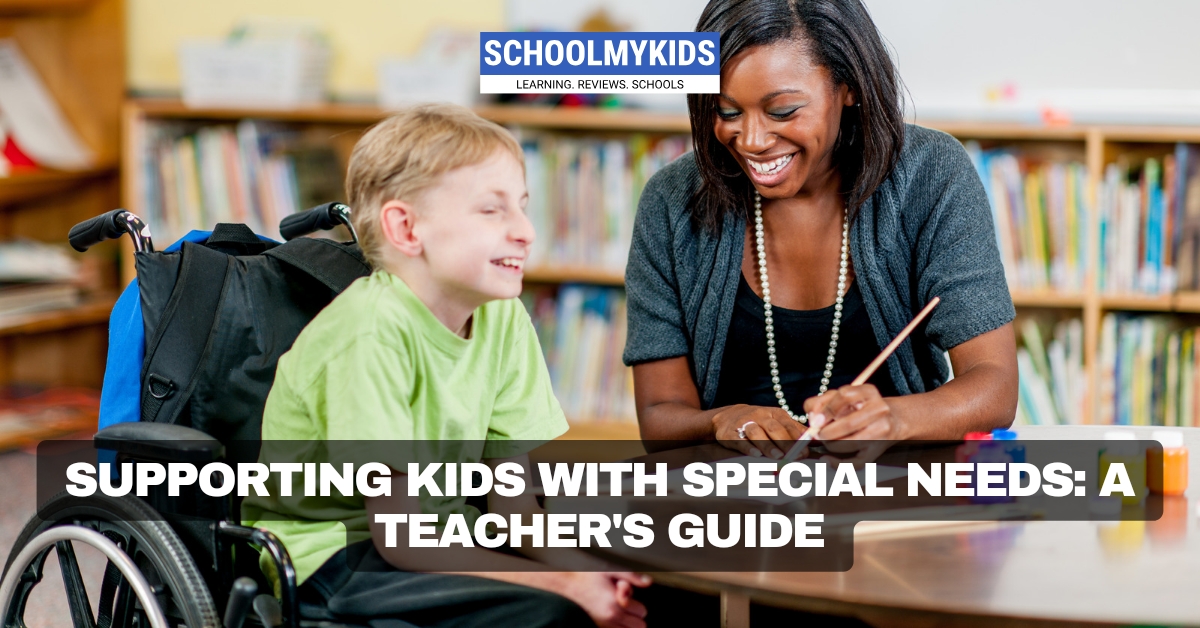Every classroom is a beautiful mixture of unique personalities and learning styles. As teachers, we aim to create a nurturing environment where every student thrives. However, navigating the classroom has additional challenges for children with special needs.
The good news is that you, as a dedicated educator, play an important role in their academic and social success. In this blog, we will discuss how you can empower students with special needs to flourish during school hours.
Understanding the Power of IEPs
An Individualized Education Program (IEP) is a roadmap to success for students with special needs. It helps you outline their strengths, weaknesses, learning goals, and the specific accommodations they require. To help your students, try to familiarize yourself with their IEP and collaborate with parents and specialists to ensure a seamless learning experience.
Embrace Differentiated Instruction
When you teach a diverse classroom, you need a flexible approach. Differentiated instruction caters to individual learning styles by offering varied materials, activities, and assessments. This might involve breaking down complex concepts, providing graphic organizers, or offering alternative assignments that cater to visual, auditory, or kinesthetic learners.
Creating a Sensory-Friendly Environment
Sensory overload can be overwhelming for some children. Consider creating a designated quiet space in the classroom where your students can de-stress. Fidget toys, noise-canceling headphones, and soft lighting can also be helpful tools.
Communication is Key
Open communication is crucial for understanding your students' needs. Therefore, try to encourage them to express themselves verbally or visually. Use clear and concise language, avoiding figurative speech or sarcasm that can be confusing. Break down instructions into smaller steps and provide wait time for processing information.
Celebrate Small Victories
Progress can be measured in smaller milestones for students with special needs. Celebrate their achievements, big or small, to boost their confidence and motivation. Positive reinforcement helps in keeping them engaged and excited to learn.
Things to Avoid
- Comparisons: When you compare students with special needs to their peers, it can be disheartening. Focus on individual progress and celebrate their unique strengths.
- Negativity: A hostile classroom environment can be detrimental to any student. Foster a positive and patient atmosphere where mistakes are seen as opportunities for growth.
- Assumptions: Don't assume that students with special needs understand everything you say. Clarify instructions and provide opportunities for them to ask questions.
Remember, You're Not Alone
Supporting students with special needs can be enriching for both teachers and students. Don't hesitate to seek help from resource specialists, other teachers, and parents. Collaboration and open communication are key to building a successful support network.
With these tips, you can create a supportive classroom environment where students with special needs feel empowered to reach their full potential. Remember, your dedication and passion can make a world of difference in their lives.









Be the first one to comment on this story.